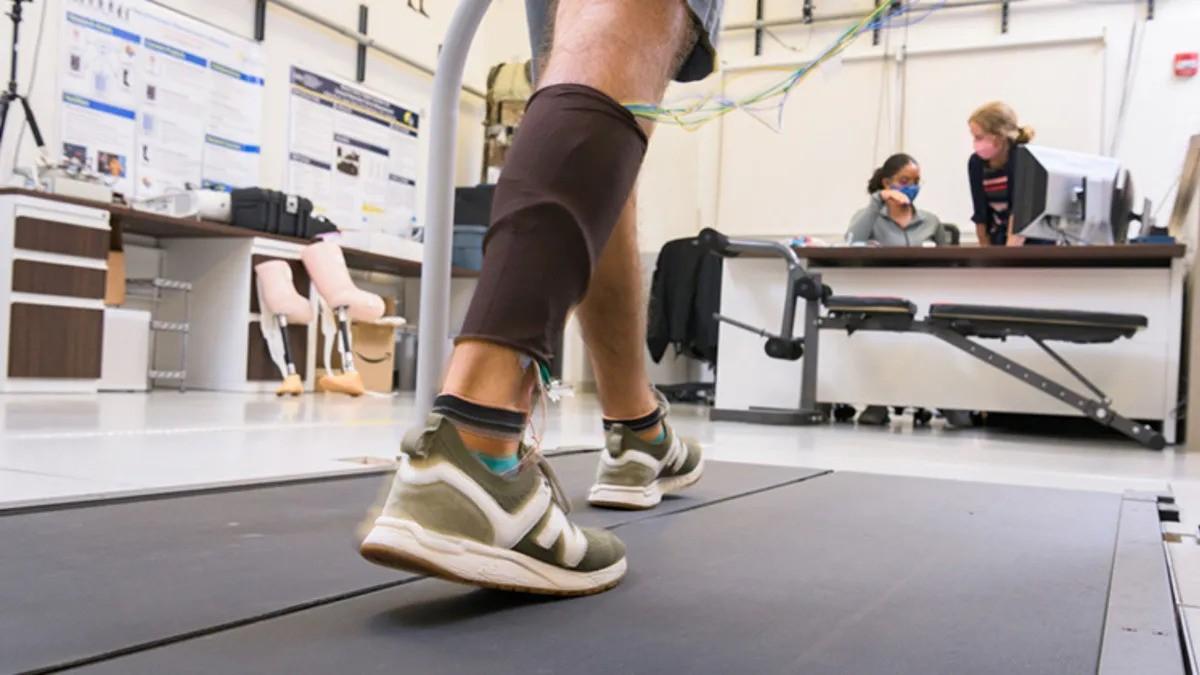Researchers at the University of Delaware are pioneering a transformative approach to monitoring human health by integrating nanomaterial-based sensors into everyday clothing. This initiative, named “Henswear,” is led by Professor Erik Thostenson and supported by funding from the National Science Foundation’s Partnerships for Innovation program. The team has developed sensors that seamlessly blend into fabrics and provide real-time data on human movement.
The journey of these nanomaterial sensors began over 15 years ago when Thostenson started working on carbon nanotube-based sensors. In 2019, he collaborated with Sagar Doshi to co-found MCET Technologies, dedicated to developing sensors for various applications, including monitoring structural health and human motion. This collaboration extended to include Jil Higginson, professor of mechanical engineering and biomedical engineering, in a pilot study funded by Delaware INBRE.
The pilot study focused on assessing the ability of nanomaterial-based sensors to collect kinetic and kinematic data of human movement, typically requiring advanced instruments in a lab environment. The success of this study laid the foundation for Henswear. The current iteration of these sensors is not only flexible but also highly sensitive to changes in pressure and angle while maintaining a thin profile. With a cost of less than $1 per gram of material, they can be seamlessly integrated into existing garments or directly applied to fabrics.
The team has received a two-year grant from NSF to conduct additional research, specifically focused on exercise and range of motion. Dr. Higginson emphasized that this data could help clinicians track patient compliance with therapy. The ongoing research will also address the need for materials that can withstand washing while maintaining functionality.
To transition from the lab to lifestyle, the researchers are collaborating with UD’s Office of Economic Innovation and Partnerships and Brian Pryor, an expert in technology commercialization and medical devices. Thostenson highlights the importance of understanding sensor repeatability, human-garment interaction, and working with industry partners to identify optimal markets and applications for their technology.
Participating in the NSF I-Corps National Teams program will further amplify the team’s efforts to bridge the gap between groundbreaking research and tangible applications. The potential applications of this technology are diverse, ranging from enhancing fitness trackers to aiding in the recovery from injuries.
The researchers are optimistic about the human impact of their technology, envisioning its role in helping people heal or regain full fitness faster. Thostenson emphasizes the synergy between materials research and health research and expresses enthusiasm for advancing these sensors from the lab to practical use, emphasizing the positive impact on individuals. The integration of nanosensors into wearable tech holds promise for transforming how health is monitored and managed in the future.

